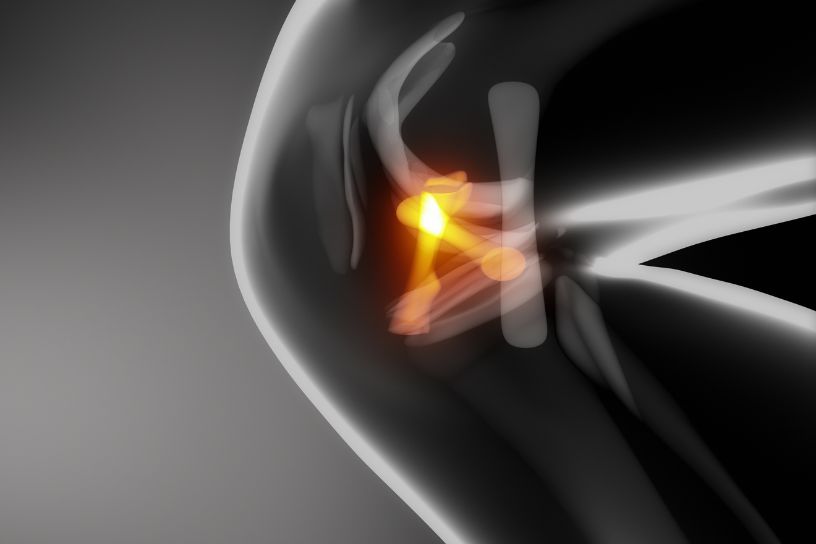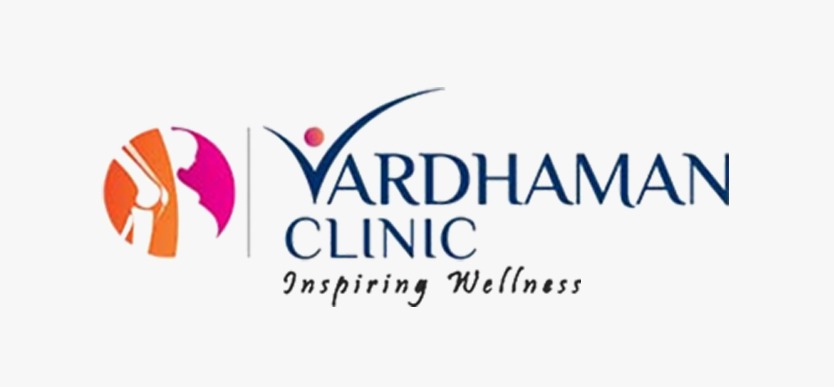Anterior Cruciate Ligament (ACL) Ruptures
Anterior Cruciate Ligament (ACL) ruptures are indeed common knee injuries, especially among athletes participating in high-impact sports. The ACL is a crucial ligament that plays a significant role in stabilizing the knee joint. Dr. Abhay Chhallani is a medical professional who is likely skilled in diagnosing and treating such injuries. The treatment options for ACL ruptures can vary depending on the patient’s condition and activity level. Here are some key points about ACL injuries and their treatment:

Injury Severity:
The severity of an ACL injury can range from a partial tear to a complete rupture. The choice of treatment often depends on the extent of the injury.
Conservative Treatment:
In cases of minor ACL sprains or partial tears, conservative treatment methods may be recommended. This can include rest, physical therapy, and bracing to help the knee heal naturally.
Surgical Intervention:
For more severe ACL injuries, especially complete tears, surgical intervention is often necessary to restore knee stability and function. This typically involves ACL reconstruction, where a graft is used to replace the torn ligament. The choice of graft material can vary, but common options include using the patient's own hamstring or patellar tendon, or using a donor graft.
Rehabilitation:
Rehabilitation is a crucial part of the treatment process, whether surgery is involved or not. Physical therapy is essential to regain strength, range of motion, and stability in the knee.
Activity Level:
A person's activity level and specific athletic demands can influence the decision to pursue surgery or opt for conservative treatment. Athletes who participate in sports that require rapid direction changes, pivoting, and cutting movements often opt for surgery to ensure they can return to their pre-injury level of performance.
Long-Term Outcomes:
Recovery from an ACL injury can be a lengthy process, and the long-term outcomes can vary. Some individuals are able to return to their previous level of sports and activities, while others may have residual limitations.
Prevention:
Preventative measures, such as neuromuscular training and using proper protective equipment, are crucial for reducing the risk of ACL injuries, especially among athletes.
Abhay Chhallani is likely to assess the specific circumstances of the ACL injury, including factors like the patient's age, overall health, and personal goals, before recommending the most suitable treatment approach. Successful treatment often requires a combination of medical expertise, physical therapy, and a patient's commitment to rehabilitation. It's also important for individuals to follow their healthcare provider's guidance closely to achieve the best possible outcomes and minimize the risk of future knee problems.
